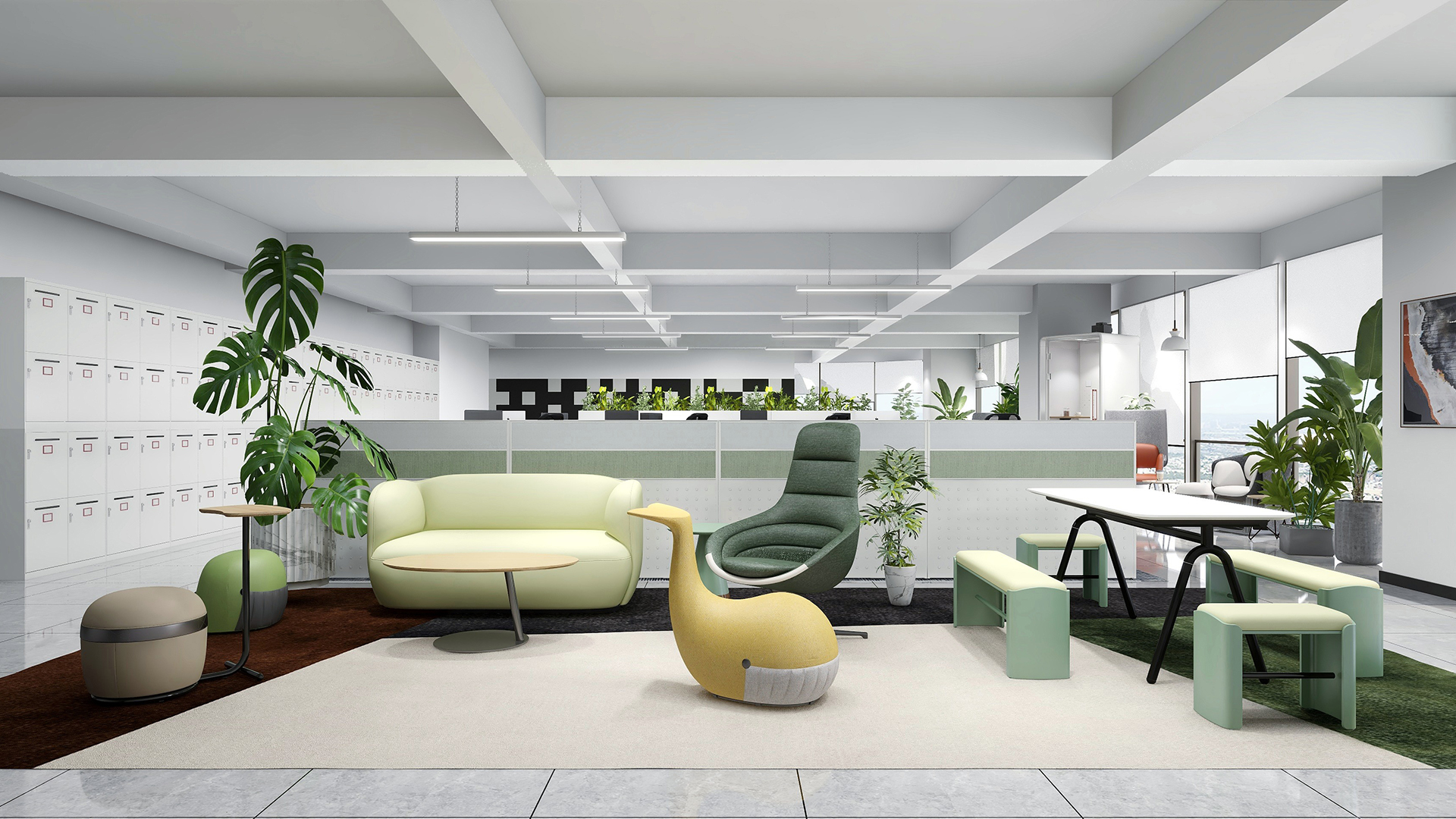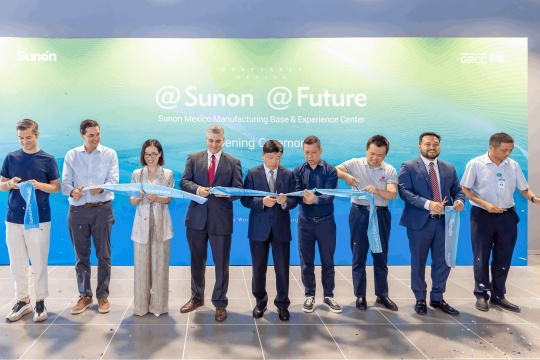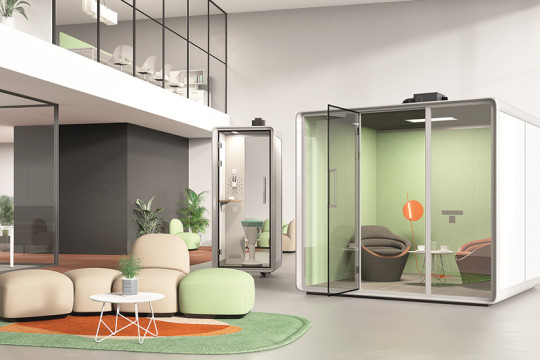Work Zones: 5 Office Spaces Designed for High-performance
One of the key determinants of workplace productivity is how employees engage with their environment at work and the work zones we are in. To support their job, employees require a variety of environments that allow them to collaborate, concentrate, learn, socialise, and rest. Businesses increase productivity while providing employees with the comfort, functionality, and emotional fulfilment they long for by matching the various zones across the workplace with how work is done.
Organizations may provide their workers freedom over how and where they work by establishing zones in the workplace that integrate people, place, and technology. Zones may be created using a variety of furniture designs, different flooring, lighting, decor, partitions, meeting pods, and even variable ceiling heights. Every type of work should be supported by an ecosystem of connected zones in the workplace.

What are the 5 work zones?
Work zones are regions of a workplace created for particular forms of work, ensuring that production is at its highest. The size, ratio, and adjacency of each zone should be specifically customised to your company objectives. The five essential office spaces listed below can help you create a strong company culture and maximise employee satisfaction and productivity.
Native zone
It is the main workspace with designated seats for workers to carry out daily responsibilities and is often furnished with desks or bench-style desks. Ergonomic office chairs, screens, and monitor arms all contribute to a functioning environment that encourages employee productivity. You can totally focus on your job here, compose that crucial email, ideate, and create reports. It offers conveniences like storage and the required equipment for the job and is built to promote individual-focused work.
Meeting zone
Privacy is necessary, especially in meetings when discretion is crucial. These spaces are typically created with solid or glass dividers, with frosted glass or blinds providing more visual privacy. Given the popularity of hybrid working, more scattered teams must choose and reserve a venue that is more suited for briefer, more impromptu meetings. Making sure the workplace has plenty of private meeting rooms is essential, whether it's for a client meeting or to conduct confidential discussions.

Team zone
As businesses reconsider and appreciate cooperation more, places that were formerly reserved only for people are making way for spaces reserved for teamwork. Collaboration zones and less formal meetings are typically created to encourage original and creative thinking in a relaxed setting, which leads to idea sharing and brainstorming. To minimise traffic in and out of team zones, non-permanent panels in a semi-private space work incredibly well. This space's open layout and welcoming atmosphere make it perfect for effective cooperation between smaller teams.
Common zone
Throughout the day, employees use common areas in a number of ways. To promote inadvertent social connection and dissolve silos, provide a common, informal area like a refectory. These environments are now seen as appropriate places where everyone may unwind, recharge, and concentrate. It's the ideal setting for a casual conversation over coffee or a snack. Eating and drinking with coworkers is a great way to promote creativity and innovation, boost morale, and increase productivity.
These informal spaces, which could have pool tables, ping pong tables, TVs, or video games, let workers get to know one another. Play areas provide workers an incentive to leave their workstations for a while so they may refuel, relax, and get motivated.

Quite zone
An open workplace layout with quiet areas achieves the necessary seclusion without sacrificing communication, which increases efficiency. It's common for quiet zones to be spaces where talking on the phone, using Skype, or having chats are prohibited in order to promote complete concentration and provide peace of mind. Soft seats and peaceful, quiet workplace decor assist reduce distractions and maintain employees' concentration on their task. With access to data and power, this region facilitates a seamless private work environment.


